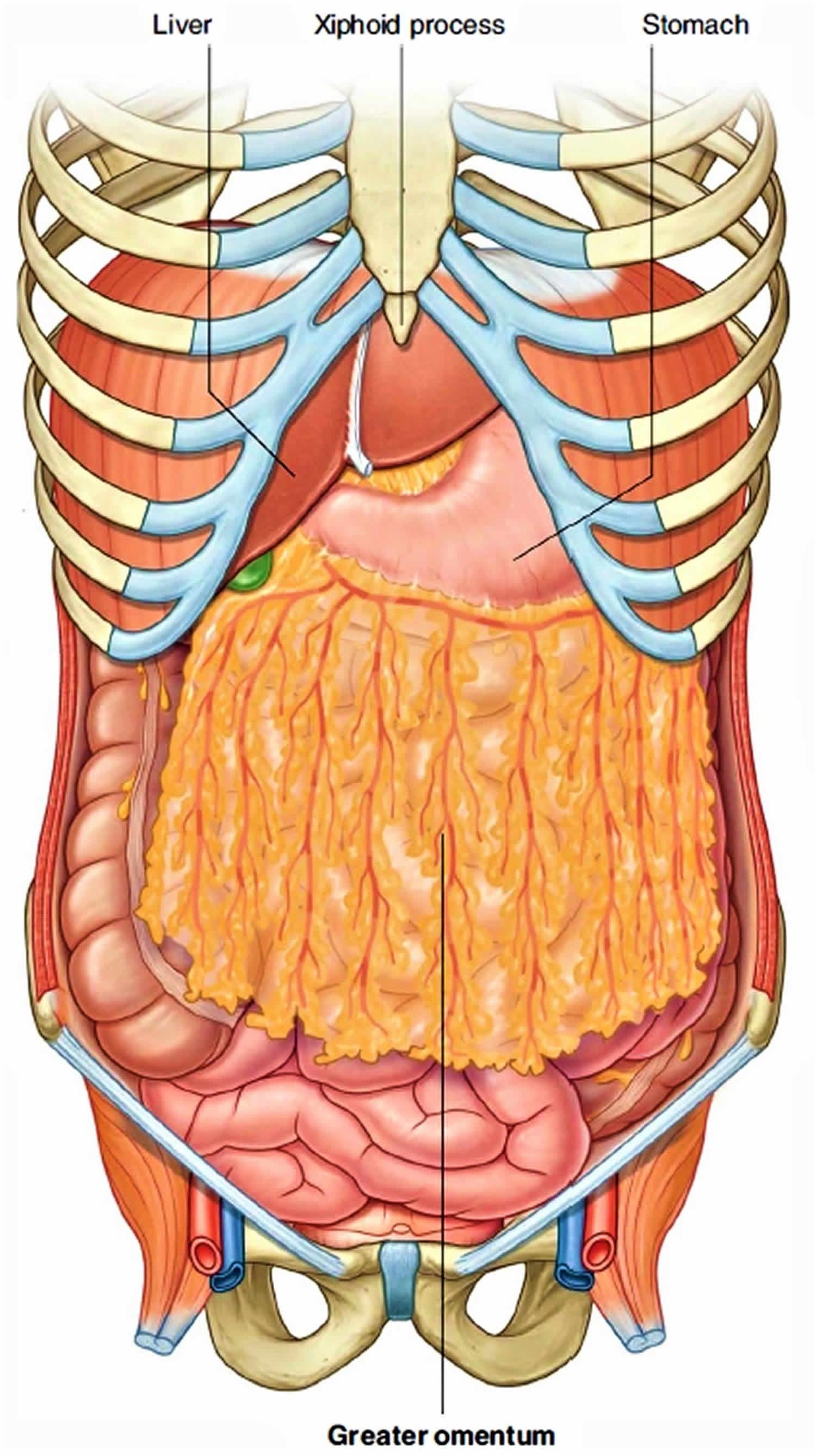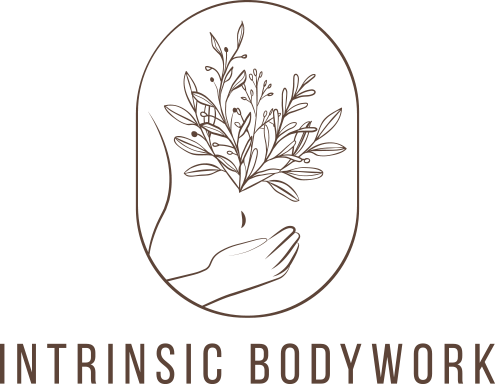Natural tips for constipation
Bloating. Stomach discomfort. The pain that comes from straining when we go to the bathroom. Most of us have experienced constipation now and again, but for some it is an uncomfortable way of life.
Clinically, constipation is recognized as fewer than 3 bowel movements a week. The causes can be numerous: dehydration, lack of fiber in the diet, anxiety/depression, and medication side effects could all be contributors to constipation. Laxatives are a common go-to in situations like these, such as Miralax or natural alternatives such as senna. And these can be wonderful solutions for the occasional bout of constipation. But for those who deal with constipation regularly, the use of laxatives serves as a proverbial band-aid for the problem, without addressing the root cause (not to mention the added risk of dehydration).
So, what are a few ways to address chronic constipation naturally?
1. Get plenty of water. The more water you drink, the more makes it into your colon to help soften fecal matter and allow it to move more smoothly through the large intestine. Adding lemon to your water (in moderation) is also a boon: lemons contain citric acid, which is a type of natural laxative to stimulate bowel contractions. But make sure to limit your intake of lemon water to first thing in the morning, and at the end of the night, to ensure you don’t risk tooth erosion or possible acid reflux due to the acid content.
2. Make sure your diet contains lots of fiber. Look to incorporate whole grains, legumes, fruits and vegetables into your diet. Beans, lentils, apples, avocados, broccoli, and dried fruits such as prunes are all great options.
3. Adjust your position. Research has shown that posture during bowel movements can influence the ease of elimination. The best posture is to have the knees elevated above the hips, with a relaxed belly. This is why in recent years there has been such a push for products such as the Squatty Potty.
4. Perform abdominal massage. Gentle, scooping motions that follow the large intestine can help soften areas of hardened stool and encourage peristalsis (the movement of waste through the colon). To do this, start at the lower left portion of your abdomen and scoop downwards. Move your hands up 2 inches and scoop downwards again. Repeat until you are just underneath the ribs on the left side. Next, move your hands 2 inches to the right, and scoop towards the left. Move 2 more inches to the right, and scoop again towards the left until you reach the right side of your abdomen just underneath the ribs. Move 2 inches down towards your hip and scoop up towards the ribs. Move down 2 inches and scoop up. Stop when you reach the prominence of your right hip, then do one long massage stroke in the exact reverse order – up the right side, across to the left, and down the left side. You can repeat this whole process 3-4 times.
5. Incorporate essential oils with your abdominal massage. Due to their lipid solubility, essential oils can be absorbed through the skin to have an impact internally. Adding essential oils into your abdominal massage (above) enhances your likelihood of having a bowel movement.
General blend: rosemary, lemon, peppermint.
For children: geranium, patchouli, mandarin.
During pregnancy: patchouli.
For elderly: patchouli, rosemary, fennel.*
6. Get visceral manipulation treatments. It is very possible that the cause of your chronic constipation could be something mechanically restricting the bowels. A visceral manipulation therapist will be able to identify the areas of restrictions, and using gentle techniques, improve the resiliency of the tissues to allow for smoother and more regular peristalsis.
*information obtained from The Complete Book of Essential Oils and Aromatherapy, by Valerie Ann Worwood.






